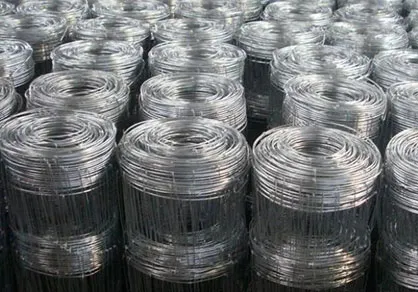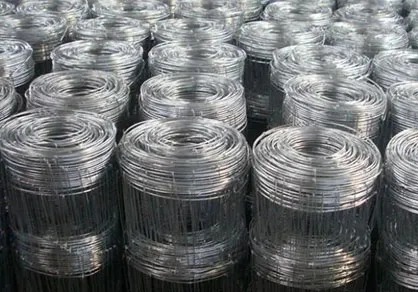

When executing a drywall project, screw placement is not something to underestimate. For maximum effectiveness, screws should be spaced approximately 12 inches apart on the ceiling and every 16 inches on wall applications. The edge of the drywall should also have fasteners every 8 inches to secure the material properly and prevent future cracking or sagging. Moreover, understanding the depth to which screws should be driven is pivotal for a robust installation. Drywall screws should be set slightly below the surface to create a slight indentation that can be filled with joint compound. However, it is crucial not to overdrive the screws to avoid breaking the paper surface, which can compromise the structural integrity of the installation. An added tip for those seeking professional-level results is investing in a quality screw-gun or drywall drill with adjustable settings. This tool ensures precision in depth control, allowing for consistent placement that supports the durability and aesthetic of the finished surface. In conclusion, selecting the right drywall screws for hanging is not merely a step but a strategic decision that impacts the overall quality of a construction project. By understanding the nuances of screw length, material composition, thread type, head design, placement, and installation technique, you can ensure a durable and aesthetically pleasing drywall installation. As an expert, I advocate for investing in quality materials and adhering to best practices, as they yield long-term benefits and enhance the value of your construction efforts.

















